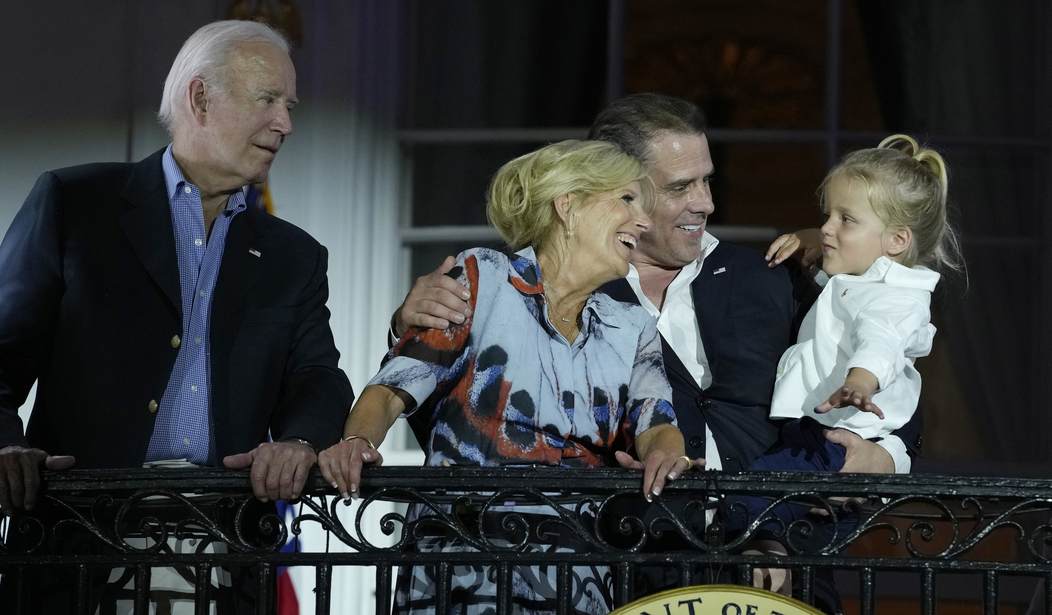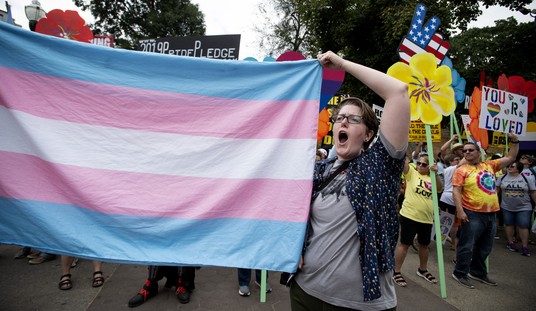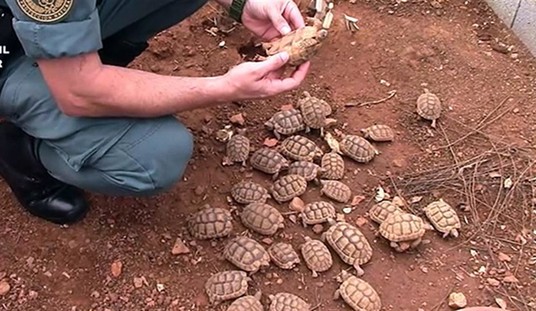UPDATE: The Secret Service released a lengthy statement about the conclusion of their investigation into cocaine found at the White House.
On the evening of July 2, officers from the U.S. Secret Service Uniformed Division found an unknown substance inside a vestibule leading to the lobby area of the West Executive Avenue entrance to the White House.
The substance was located inside a receptacle used to temporarily store electronic and personal devices prior to entering the West Wing.
Following the discovery, safety closures were implemented around the White House. This response was designed to ensure that the found substance was not a chemical or radiological material that threatened the security of the White House. As such, the substance was field tested and preliminarily determined to not be a hazardous compound.
Testing conducted by the District of Columbia Fire and Emergency Medical Services Department indicated that the found powder tested preliminarily positive for the presence of cocaine. The substance and packaging were treated as evidence and sent to the U.S. Department of Homeland Security's National Biodefense Analysis and Countermeasures Center, which analyzed the item for any biothreats. Tests conducted at this facility came back negative and gave formal confirmation that the substance was not biological in nature.
The substance and packaging underwent further forensic testing. The substance was analyzed for its chemical composition. The packaging was subjected to advanced fingerprint and DNA analysis. Both of these analyses were conducted by the Federal Bureau of Investigation's crime laboratory given their expertise in this area and independence from the investigation.
While awaiting the FBl's results, the Secret Service investigation into how this item entered the White House continued. The investigation included a methodical review of security systems and protocols. This review included a backwards examination that spanned several days prior to the discovery of the substance and developed an index of several hundred individuals who may have accessed the area where the substance was found. The focal point of these actions developed a pool of known persons for comparison of forensic evidence gleaned from the FBI’s analysis of the substance's packaging.
Recommended
On July 12, the Secret Service received the FBI’s laboratory results, which did not develop latent fingerprints and insufficient DNA was present for investigative comparisons. Therefore, the Secret Service is not able to compare evidence against the known pool of individuals. The FBl's evaluation of the substance also confirmed that it was cocaine.
There was no surveillance video footage found that provided investigative leads or any other means for investigators to identify who may have deposited the found substance in this area. Without physical evidence, the investigation will not be able to single out a person of interest from the hundreds of individuals who passed through the vestibule where the cocaine was discovered. At this time, the Secret Service's investigation is closed due to a lack of physical evidence.
The U.S. Secret Service takes its mission to protect U.S. leaders, facilities, and events seriously and we are constantly adapting to meet the needs of the current and future security environment.
***Original post***
It's been nearly two weeks since cocaine was found at the White House. The story about where it was found repeatedly changed. First it was reportedly found in the library and then in a cubby near the Situation Room.
Watch: White House’s CocaineGate “gets more bizarre by the day,” reports Fox’s @KatiePavlich pic.twitter.com/jglQHx8yar
— TV News Now (@TVNewsNow) July 8, 2023
Now, the Secret Service has reportedly ended the investigation into who the cocaine belongs to without a suspect being named.
WASHINGTON (AP) — No fingerprints or DNA were found on the bag of cocaine at the White House and no leads so far, the Secret Service says.
— Seung Min Kim (@seungminkim) July 13, 2023
The Secret Service has concluded its investigation into the small bag of cocaine found at the White House and has been unable to identify a suspect, two sources familiar with the investigation told CNN.
Secret Service officials combed through visitor logs and surveillance footage of hundreds of individuals who entered the West Wing in the days preceding the discovery and were unable to identify a suspect, one of the sources said.
Investigators were also unable to identify the particular moment or day when the baggie was left inside the West Wing cubby near the lower level entrance where it was discovered.
The Biden administration refused to cooperate with the probe. White House Press Secretary Karine Jean-Pierre said last week that staffers were not "assisting" the Secret Service with their inquiries.
Reporter on cocaine being found in the West Wing: "Can you just tell us how the White House is assisting the Secret Service with this investigation?"
— Townhall.com (@townhallcom) July 5, 2023
Karine Jean-Pierre: "Look, we're not assisting in anything..." pic.twitter.com/Y1PCUCcZe6
Jean-Pierre also failed to bluntly state the illegal substance didn't belong to a member of the Biden family.
KJP says that "irresponsible reporting" is alleging that the cocaine found in the White House might have belonged to the Biden family.
— Townhall.com (@townhallcom) July 7, 2023
She then goes on to call a journalist in the briefing room "irresponsible" for asking the White House to unequivocally say that the drugs do not… pic.twitter.com/jDesTsGfx3

























Join the conversation as a VIP Member